Let’s go to Bucharest
I rather liked Bucharest. Loads of really good museums and Ceausescu’s famous monstrosity. .Let’s go!
The People’s Palace
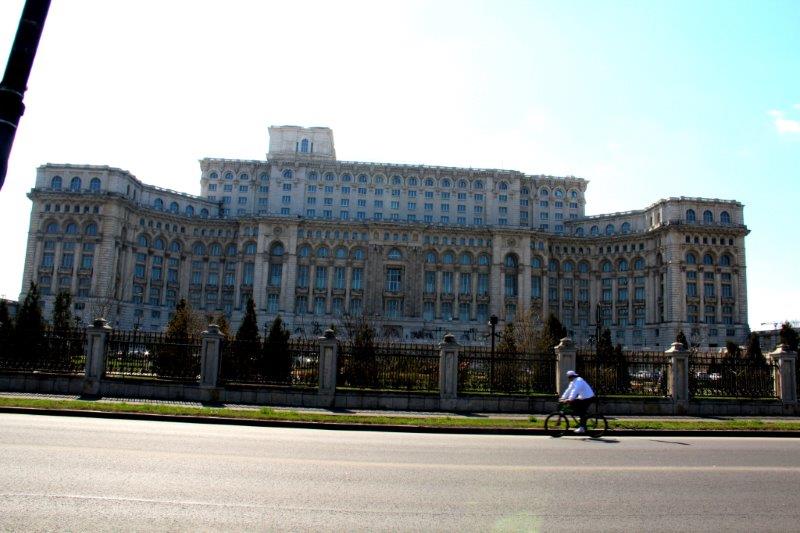
This monstrosity was built under the direction and orders of Ceausescu and was originally known as the People’s House (Casa Poporului). Construction officially started on the 25th June 1984. The cost of the palace cannot be measured only in financial terms but also to what extent the regime went to build it, demolishing a great part of Bucharest’s historical district in the process. Thirty thousand homes, 19 Orthodox churches, 3 protestant churches and 6 synagogues were razed to make room for the building. It has 1000 rooms on 12 stories, four of which are underground. You can only visit on an organized tour.
The History Museum
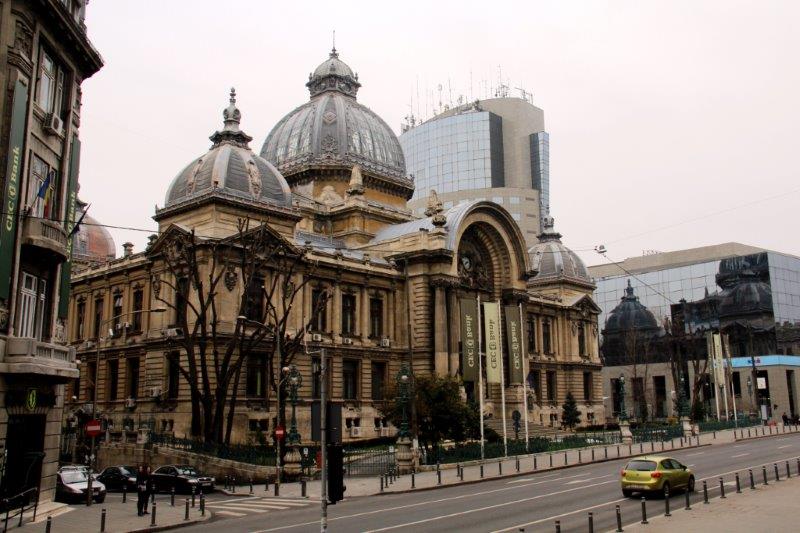
I always check out the a country’s history museum to get to know it history and culture. This museum is situated in the old town of Bucharest, which has scores of beautiful historic buildings. The History Museum was built between 1894-1899 according to the plans of the arhictect Al Săvulescuwhose name is engraved into the wall of the building. The main attractions here are the jewe;s. Well worth a visit.
Musuem of the Romanian Peasant
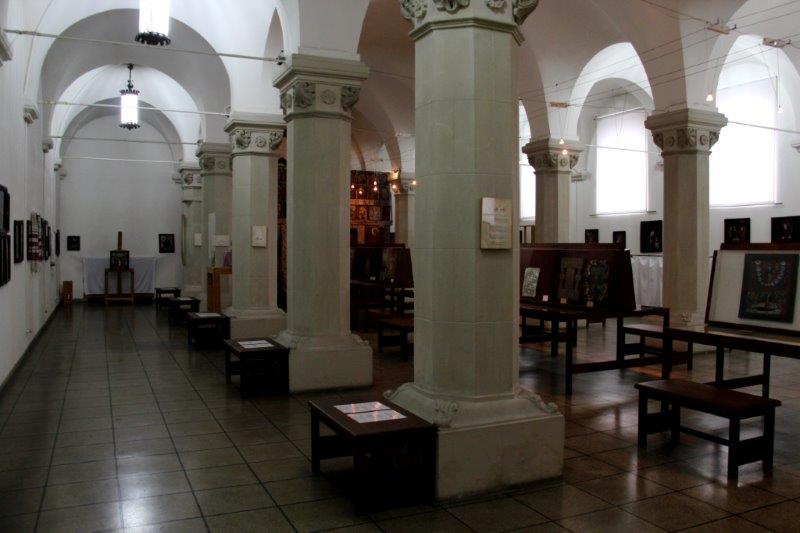
As you would expect most of the museum is dedicated to peasants. and particularly to the olden days. Fascinating as that was i found the basement the most fascinating. Here you will find relics from Romania’s communist past. In fact from 1948-1989 the Peasant Museum was formally known as the Museum of the Communist Party and Romanian Revolutionary Workers Movement.
A night at the opera
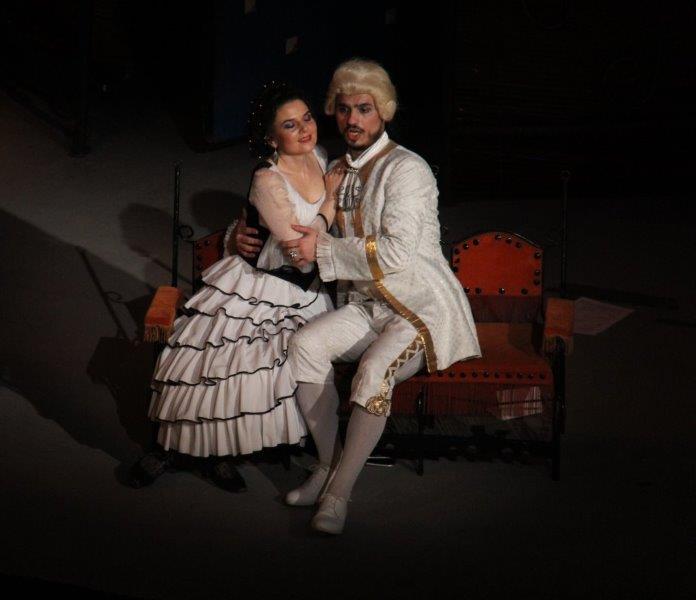
The current opera house designed in the neoclassical design typical of the Soviet style was designed by a group of architects lead by Octav Doicescu and built between 1952-53. Over the years the theater has hosted many famous names including Mihail Barishnikov and Margot Fonteyn. The season runs from October to June, usually at the weekends. You can usually turn up a few days before and get a ticket or opt for a standing ticket on the night. The performances are of a high level.
Park Cismigiu
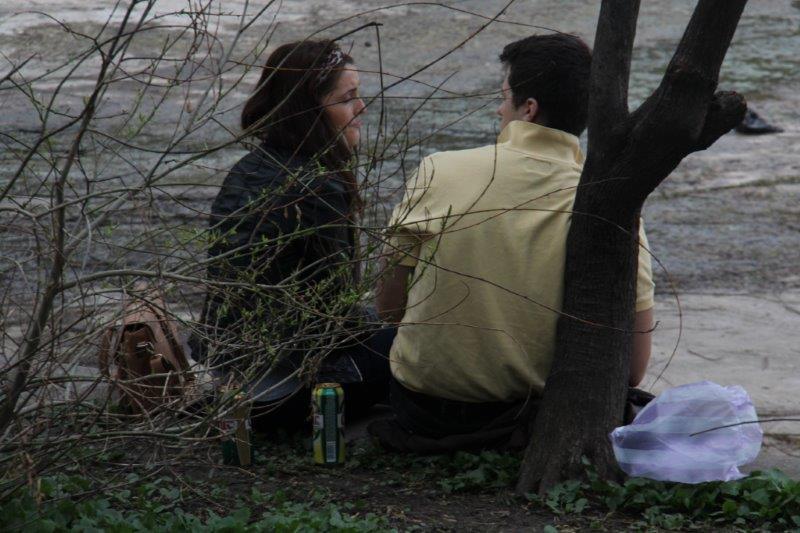
Built around an artificial lake the park takes up 17 hectacters. The park was created in 1847 and derives its name from the Turkish word for fountain; “Ceșme”, which in turn translates to “Cismigiu” which means the person who takes care of the fountains. In fact this in not as far fetched as it sounds as there was once a person who lived within the premises of the park whose specific job was to take care of the fountains. Today its a popular with locals, lovers, cyclists and tourists.
Stavropoleus Monastery
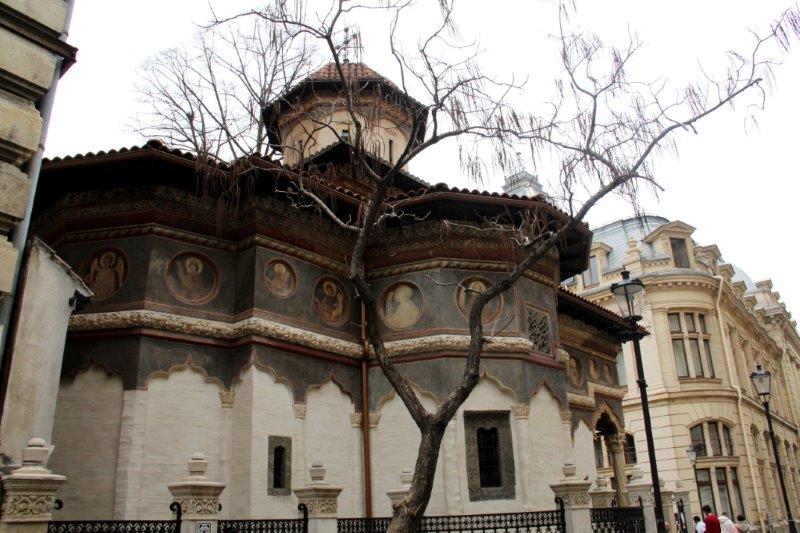
This is probably the most well know religious structure in Bucharest The Monasteries Greek name is no accident and stems from its Greek founder Ioanichie Stratonikeas. built in 1724 in the Byzantine style it started life as both a monastery and as an inn to generate extra income. Today all that remains of the original monastery is the church with its beautiful iconed interior. The core of this building is the library which has over 8000 books, conference rooms and religious artifacts. The church today is an Eastern Orthodox church for nuns and its current inhabitants are four nuns, a priest confessor and three sisters.
Athenaeum Concert Hall
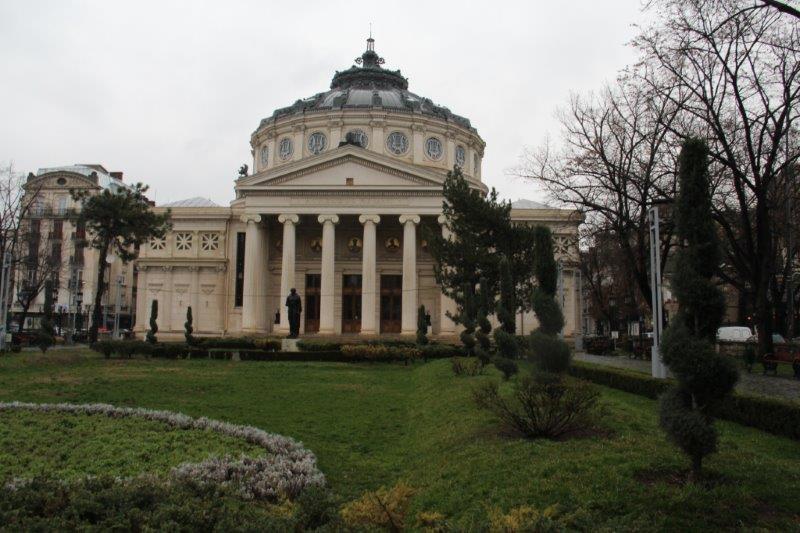
This is an iconic landmark of Bucharest and you can hear some beautiful concerts here. This impressive domed shaped building is the capitals main concert hall and home to the George Enescu Philharmonic Orchestra, which is the countries principle philharmonic. The building was funded largely by the public and a popular slogan of the day was “”Donate one leu for the Ateneu”. The concert hall can seat 650 people and you can easily purchase tickets in the lobby. The concert hall is situated at Strada Benjamin Franklin a few minutes from Revolution Square.
Village Museum
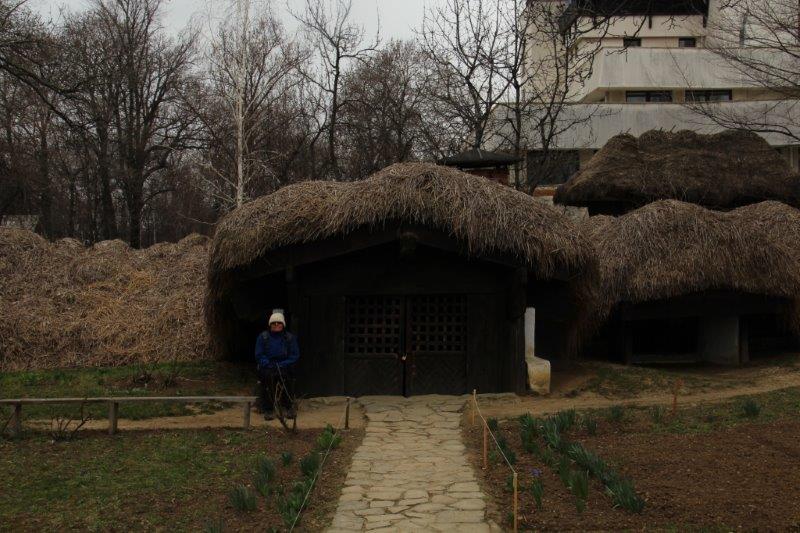
The Village Museum, or to give it its full title Dimitrie Gusti National Village Museum (Muzeul Satului) was and is without a doubt not only one of the best museums in Bucharest, but probably one of the best museums I have ever had the pleasure of visiting and that’s even bearing in mind the unseasonable minus temperatures I endured at the end of March. The museum showcases all sorts of village dwellings that once existed in Romania. I thoroughly enjoyed it particularly the heated shop at the end. .
National Musuem of Art.
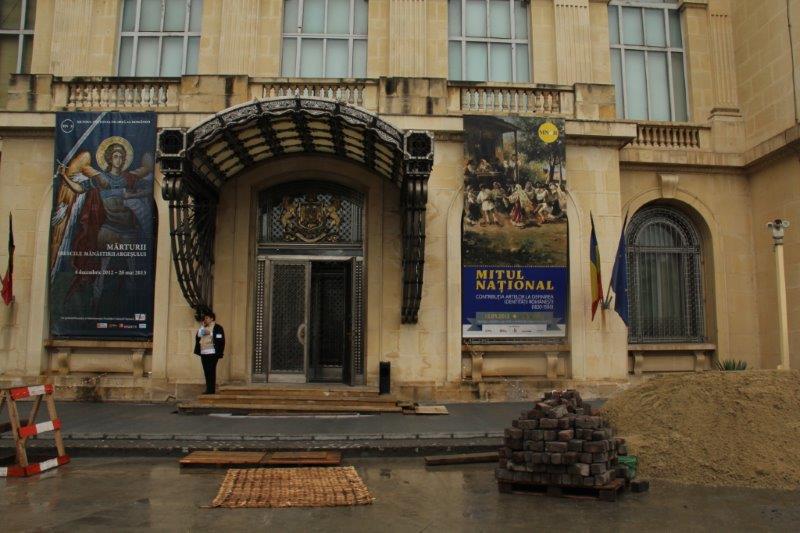
. The Museum of Romanian Art is situated on Republic Square. The rather gracious building was built between 1812-1820 It was used by the Royal family who over the years accrued many pieces of art. In 1947 with the communist takeover of Romania it was nationalized With its prime position in Revolution Square, the scene of viloent protests in 1989 the museum sustained some damage. It was closed to the public for several years but reopened in 2000 as two museums, one dedicated to Romanian art and the second to European art. The museum contains not only artwork but several artifacts collected from monasteries in Romania. Situated directly next door is the National Museum of European Art. It features a large international collection assembled by the Romanian royal family. The museum has a different entrance and there is an additional fee.
The Securitate
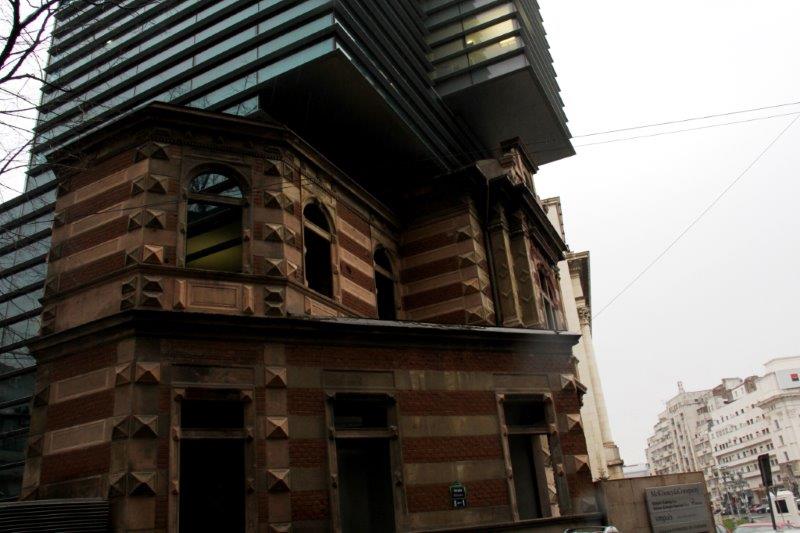
The once feared Securitate building now stands on the corners of Str Dobrescu & Str Boteanu, The Romanian Secret Police was the equivalent to the Soviet Unions KGB and the East German Stasi. Established in 1948 and during the time of Ceausescu it employed 11,000 people and had a further 1/2 million people who were informers at their disposal. In proportion to the size of Romania it was not only one of the largest secret police agencies in the Eastern Bloc it was also one of the most brutal, arresting and torturing to death thousands of people who opposed the regime.The Securitate folded in December 1989 with the fall of Ceausescu. During the 1989 revolution much of the building was destroyed by protesters leaving in essence an empty shell. It was reconstructed and is now used as office space.
The Balcony
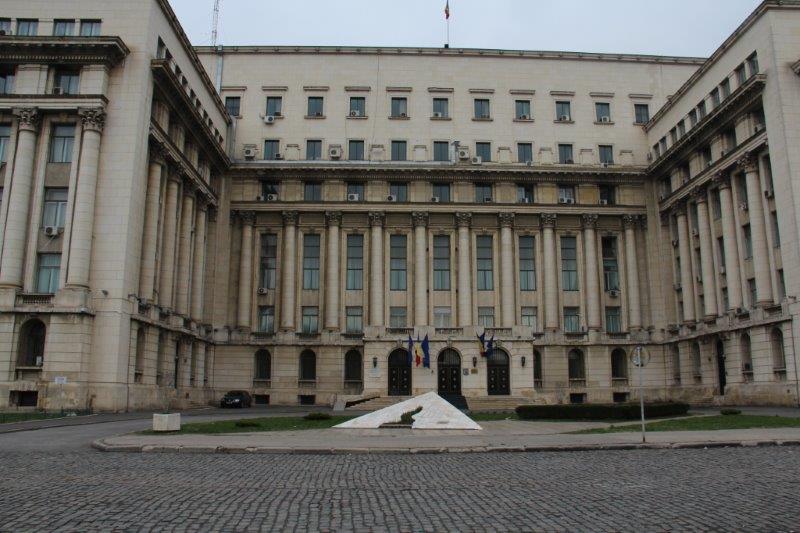
On the 21st of December Ceausescu stood on the balcony on what was then the Communist Party Headquarters in an attempt to appease the huge crowds who had gathered in the square. They were hostile and booing his every word and gesture so he eventually took cover inside the building. Riots took place for the rest of the day in Bucharest and unrest spread throughout the country over the next day. Hundreds of arrests were made. The next day Ceausescu again tried to speak to the crowds from the balcony but it was a lost cause with people throwing stones and jeering. Finally the doors were broken down and Ceausescu together with his wife just made it to the roof where they made their escape by helicopter. They were finally ordered by the army to abandon their flight near the town of Târgovişte. On the 25th December they were put on trial and charged with among other things of genocide and the illegal gathering of wealth with their prosecutors claiming they stole the soul of the nation. With their hands tied behind their back, they were taken outside lined a against a wall and shot.
Ghencea Civil Cemetery.
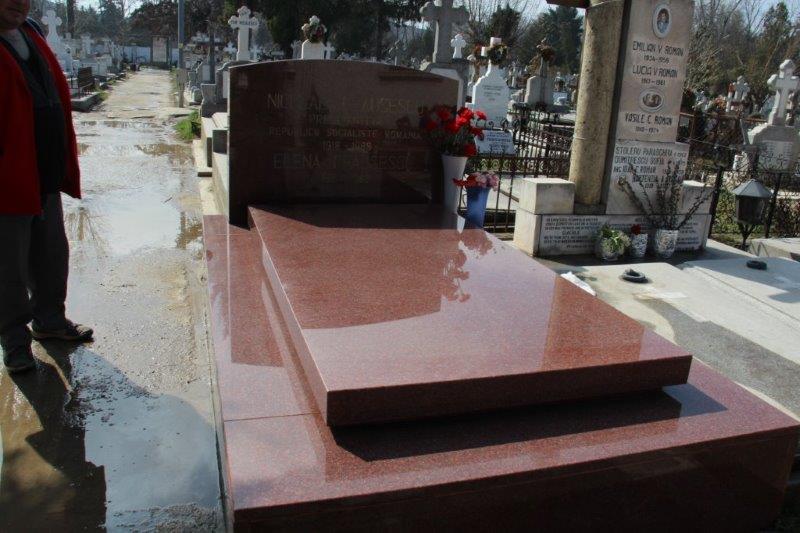
So now we have come to the last burial place of Nicholae Ceausescu and his wife Elena who were shot by firing squad on the 25th December 1989. This followed a hasty trial which ended the bloodiest communist revolution in the Eastern Bloc. They were laid to rest in separate graves at the Ghencea Civil Cemetery. At the time there were rumours that the bodies were decoys and the real Ceaucescus had escaped. in the summer of 2010 the wooden caskets were raised and samples of DNA were taken from surprising well preserved bodies. This ended the rumours. To reach the cemetery take the metro to Lujerului and from here take the trolley bus #41 to the last stop. The cemetery is on the street of the same name
Lipscani – The old town

In a town that has a rather eclectic and sometimes not very attractive architectural style Lipscani, or the old town as it is also referred to comes as a lovely surprise, at least for some. Lipscani is both a street and a district. It was originally named after the town of Leipzig which was Lipsca in 17th century Romanian. By the end of the 19th and beginning of the 20th century many of Bucharest’s most important buildings were built here. Once known as “The Paris of the East”. When communism leared its head after the Second World War the area went into decline. It barely escaped Ceaucescu’s grandioso plans for Bucharest which included tearing down a large portion of the city. By the 1990’s the area had fallen into disrepair and had become a magnet for the homeless. Sensing the area still had a lot to offer the city set about restoring it to its former glory. It may not be Paris but today Lipscani is teeming with life with cafes and restaurants on every corner.

 Tiny Teddy
Tiny Teddy